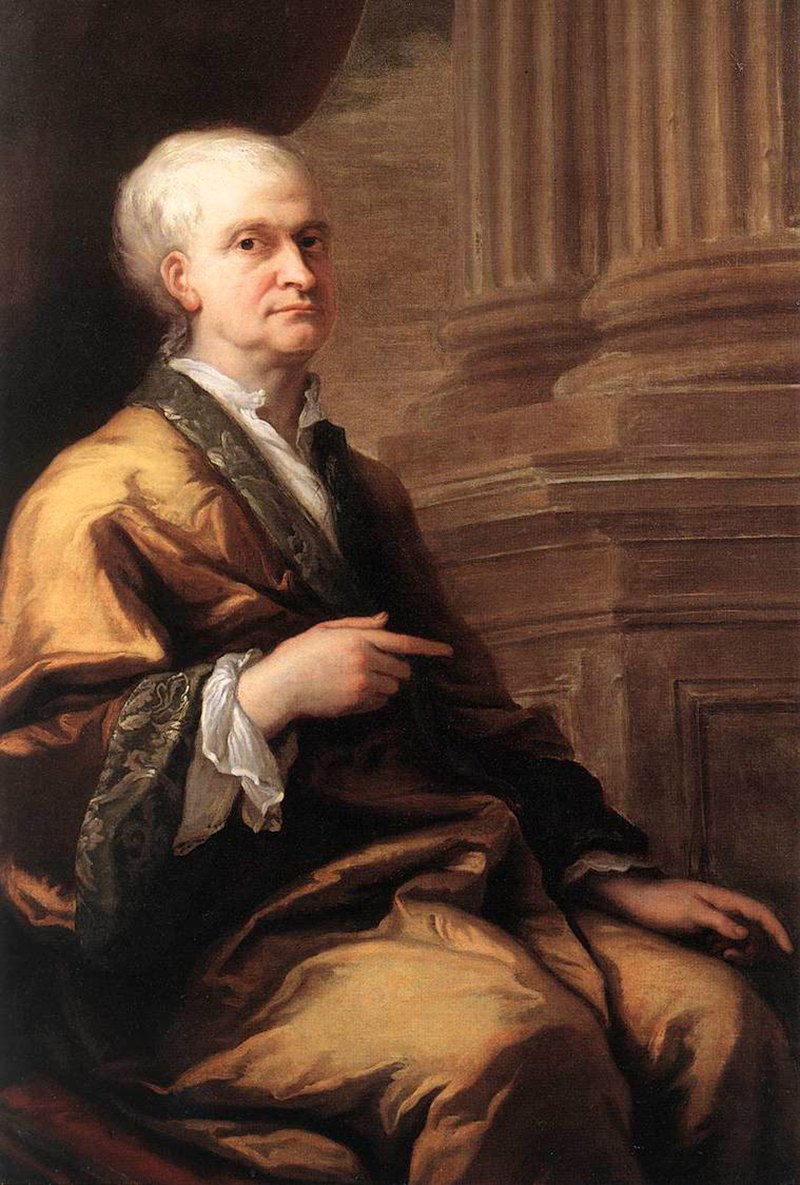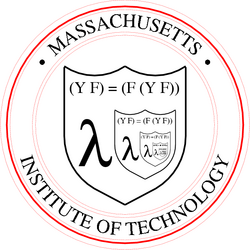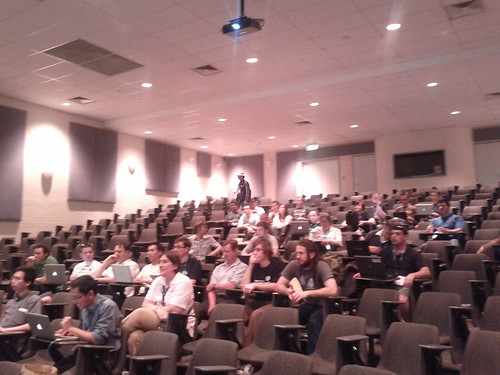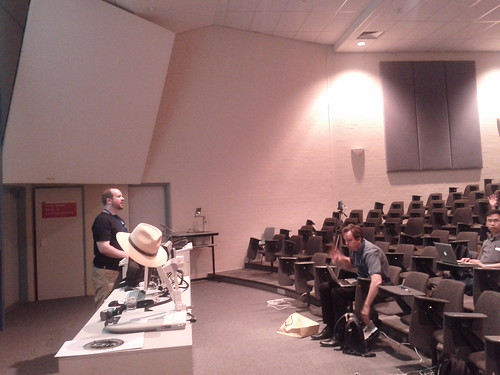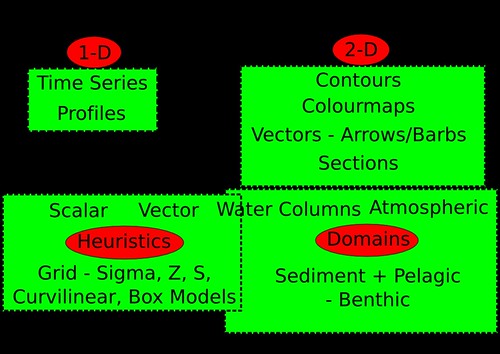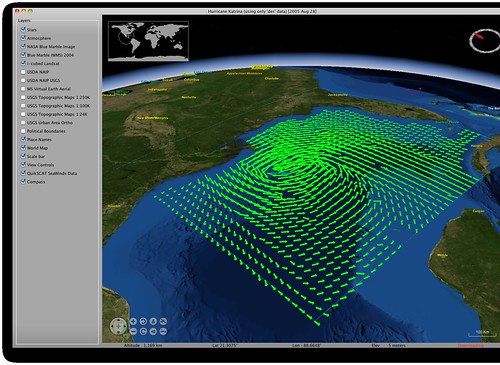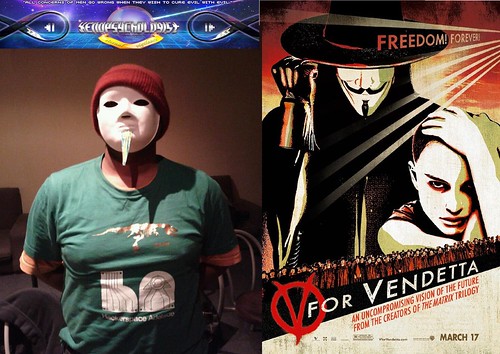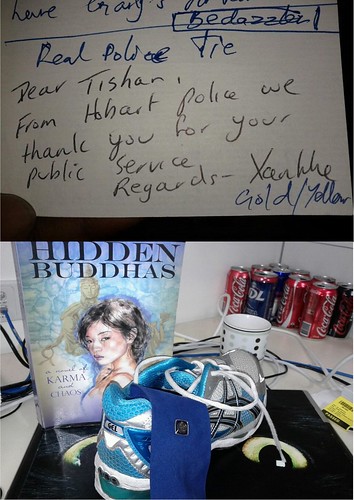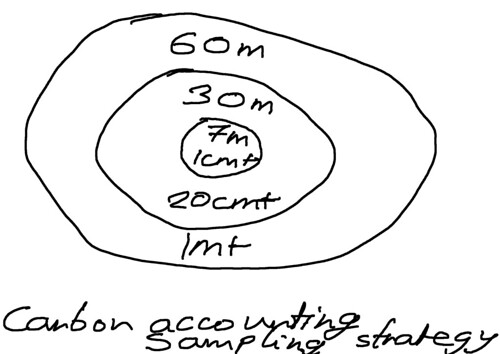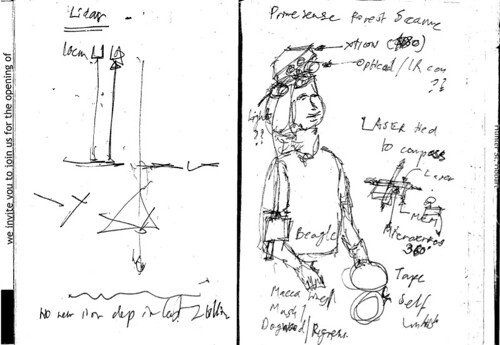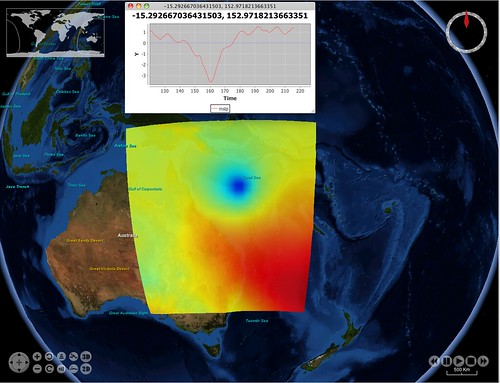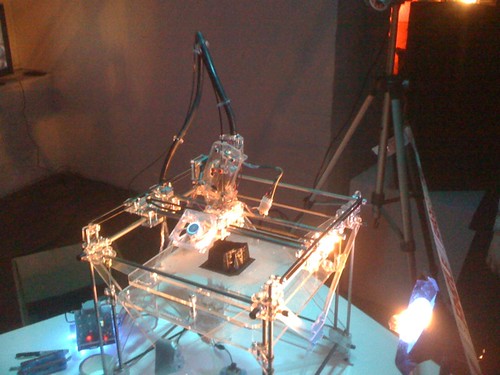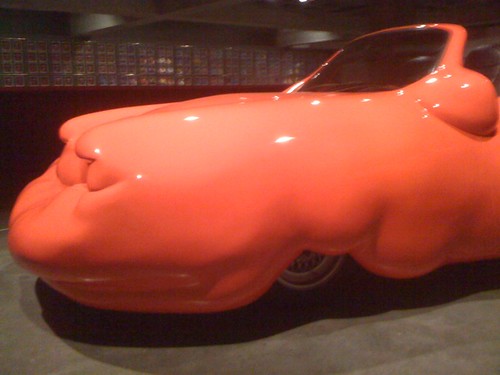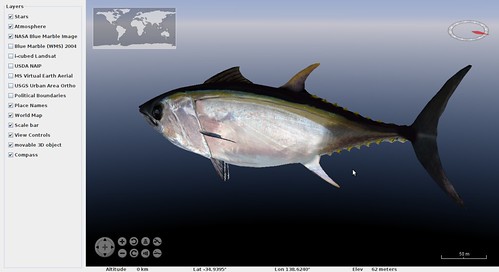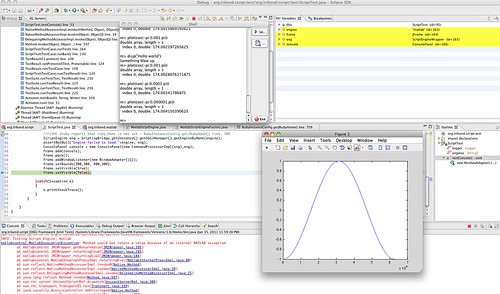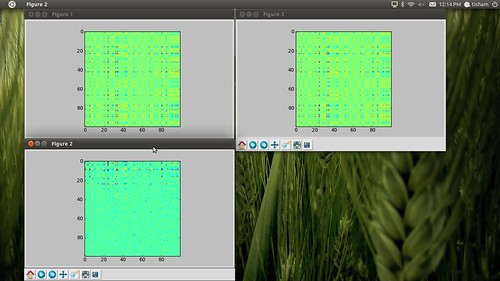I have been doing lots of full-wave electromagnetic simulation as part of my PhD and most of these techniques are applied for antenna design (as opposed to backscatter estimation for very complex targets i.e. forests). So naturally I decided sideways into antenna theory and started exploring malleable liquid antennas. These antennas have the advantage of taking strain and being easy to electro-mechanically tune and fit to a lot of form factors solid metal antennas cannot cope with.
The dominant material in liquid antennas is Galinstan - the mongrel made from Gallium, Indium and Stannum (well Tin). It sounds like some country in Asia Minor, next to Afganistan and Pakistan, but in fact it occupies a spot somewhere near Hydrargyrum (Mercury) in electrical and thermal properties. It is also not as toxic as Mercury, which caused the Mad Hatter and Isaac Newton to become rather eccentric.
Galinstan is apparently also rather useful for its ability to generate electricity when compressed, rather like piezo crystals. This has led to applications in the infamous heel/toe strike device, with patent holders claiming upto 10w per foot. I am sure the shoe phone is not far away.
The dominant material in liquid antennas is Galinstan - the mongrel made from Gallium, Indium and Stannum (well Tin). It sounds like some country in Asia Minor, next to Afganistan and Pakistan, but in fact it occupies a spot somewhere near Hydrargyrum (Mercury) in electrical and thermal properties. It is also not as toxic as Mercury, which caused the Mad Hatter and Isaac Newton to become rather eccentric.
Galinstan is apparently also rather useful for its ability to generate electricity when compressed, rather like piezo crystals. This has led to applications in the infamous heel/toe strike device, with patent holders claiming upto 10w per foot. I am sure the shoe phone is not far away.
